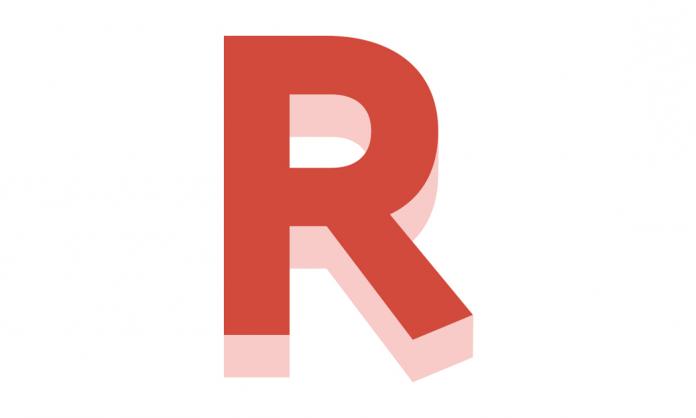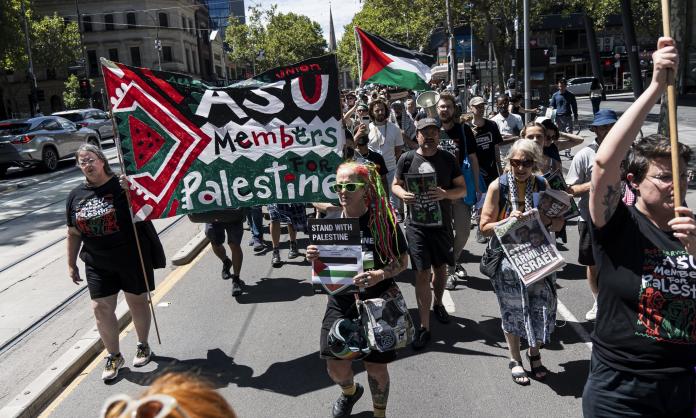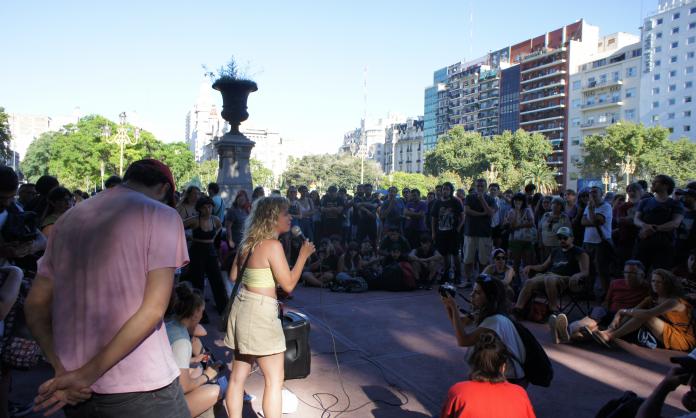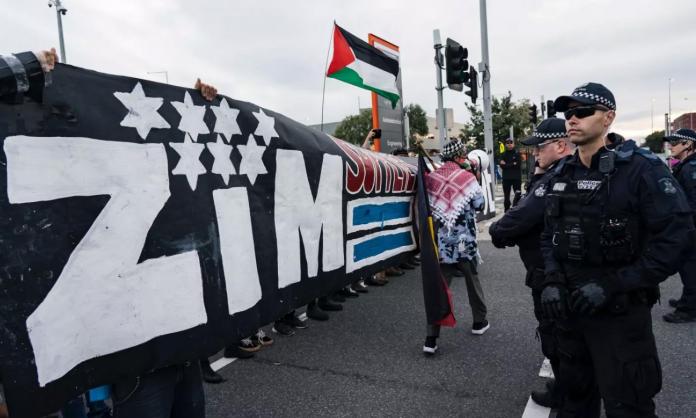The Australian Nursing Federation will proceed with a ballot of its West Australian members in defiance of an order by the Industrial Relations Commission. If nurses reject the McGowan state Labor government’s below inflation pay offer, they will resume a campaign of industrial action, which was suspended last week.
On 18 November, the IRC ordered the ANF to postpone an online ballot until 28 November, and ruled any future bargaining will be on hold until January. Additionally, the Commission banned ANF officers from making any public statements that might influence how members vote on the offer.
The gag order means that only the state government can advocate for its position over a ten-day period and denies union members the right to democratic debate free of government intervention. It followed ANF state Secretary Janet Reah telling the media that she believed members would reject the offer, which she described as “insulting”.
“It's not going to give the workload relief we desperately need, because we won't be able to attract staff”, she told ABC News on 17 November. “The offer is quite frankly divisive. It picks out some levels of nursing over others. Senior nurses are completely left out.”
The ANF’s online ballot is open from 18 to 22 November. Reah said that if the government’s offer is voted down, the ANF would support members 100 percent and “would be looking at a statewide one-day strike for all nurses and midwives”.
On 19 November, Reah told Ten News that the union would defy the IRC order, keeping the union’s internal poll open. “I will not be gagged, the ANF Council will not be gagged and our members will not be gagged”, she said.
Nurse Tyler Ray told Ten News that the gag order amounted to “an undemocratic attack on our freedom of speech”.
“We deserve to have a ballot. Without that this agreement is basically being forced on us by the government and the IRC, and that is not right”, Ray told Red Flag.
On 15 November, the ANF WA branch’s unelected chief executive, Mark Olsen, called off industrial action, announcing that the union’s bargaining team had reached an in-principle agreement with the state government on pay and conditions.
The proposed deal offered little more than the baseline $3,120 per annum offer (3 percent for most nurses), plus a one-off $3,000 “cost of living” payment, which is being offered to all state public sector workers.
The government had previously promised to phase in nurse-to-patient ratios over two years. However, the ratios include baby patients for midwives working in maternity wards only “when clinically indicated”, without defining what this means.
The state government last week proposed to increase the preceptor allowance (paid for training responsibilities) to $46 per fortnight for level 1.8 nurses, and expand eligibility to level 2.4 nurses. However, the allowance has been criticised as “divisive” as it fails to recognise the role of registered nurses and midwives at all levels in training student and graduate nurses.
During the five years of the McGowan government, WA public sector workers, including nurses, have only received a $1,000 yearly pay increase. Since mid-2021, public sector unions have campaigned for a wage increase that keeps up with inflation. Perth recorded 7.3 percent annual inflation to September 2022, according to the WA Treasury.
Meanwhile the state’s mining magnates have profited handsomely during the pandemic and the state’s budget is $5.7 billion in surplus, thanks to record high iron ore prices.
However, anger has been most palpable among health sector workers. The death of seven-year-old Aishwarya Aswath, while waiting for treatment at the Perth Children’s Hospital emergency department in May last year, exposed a crisis of chronic understaffing in the state’s hospital system.
Earlier this year, the Health Sector Union, which covers health professionals and administration workers, and the United Workers Union, which covers enrolled nurses and support workers, held a series of stop-work meetings at public hospitals, calling for a 5 percent annual pay increase. Both unions have now accepted the state government’s offer. However, the ANF leaders were noticeably absent from the Public Sector Alliance campaign.
In October, with a union election on the horizon, the Olsen-Reah ANF branch leadership convened a stop-work meeting, recognising that union members were demanding urgent action. More than 2,000 nurses and midwives attended, voting to increase the ANF’s 5 percent pay claim to 10 percent. The lively meeting endorsed plans for escalating industrial action, which commenced with bans on double and overtime shifts last month.
These initial steps—and the prospect of rolling stoppages—forced the McGowan government to the bargaining table. From mid-October, premier McGowan began fronting the media to spruik his government’s newfound commitment to nurse-patient ratios.
It was therefore no surprise that nurses responded with fury to Olsen’s announcement that industrial action had been called off just as their campaign was getting started.
That afternoon, the day before rolling stoppages were set to begin, hundreds of nurses fronted Olsen at Fiona Stanley Hospital, demanding to know why the action had been called off.
A nurse told ABC Radio Perth that they had booed Olsen “because we felt really let down”. “We were encouraged to move towards strike action by the ANF. And then, really without any consultation, we were told that no, we weren't striking, and that we had no say in it”, they said.
The following evening, on 16 November, Olsen confronted an angry group of 40 nurses at the union’s poorly advertised and inquorate Annual General Meeting. When asked what he was paid in his newly appointed role as chief executive, Olsen revealed that his salary is $166,000, the equivalent of a level 10 nurse in the WA public sector.
Olson attempted to defend the government’s pay offer, despite it being a far cry from the claim adopted by members at their mass meeting a month earlier. Amid heckling from nurses, Olson claimed that half of members surveyed in an online poll supported the offer. Nurses pointed out the poll had been up for only 12 hours and the ANF web site had repeatedly crashed.
Attendees promptly broke into a chant of “Olson has to go!”
Nurse Alana McDermott, who attended the meeting, told the West Australian that she was enraged the union had capitulated to the government. “At the rally we voted to pursue a 10 percent pay rise and $4,500 cash bonus and so it’s so frustrating that the strikes were called off for what is essentially a pay cut”, she said.
Reah, Olson’s successor in the role of state secretary, was notably absent from the AGM. By the end of the week, she had evidently concluded that to stay silent in the face of member fury was not an option. Consequently, an industrial campaign is now back on the table.
Reah told Ten News that a one-day statewide strike would go ahead within seven days of the close of the union’s poll, if members vote no to the offer.
Ray told Red Flag that he is confident strike action has widespread support among both the ANF’s members and the wider community.
“A one-day strike and a rally with the community and nurses standing together across the state is absolutely what we need, not only for ourselves and our rights, but also to convey a message to the IRC that their action is unacceptable”, he said.
Speaking about the government’s revised offer, Kelly, a Perth Children’s Hospital nurse, told Ten News that this was “an attempt to create division”.
“We all deserve [the preceptor allowance]. We all look after students. We all train people day-in, day-out to be better nurses and better health colleagues”, she said. “They tried to divide us and its actually made us stronger.”










